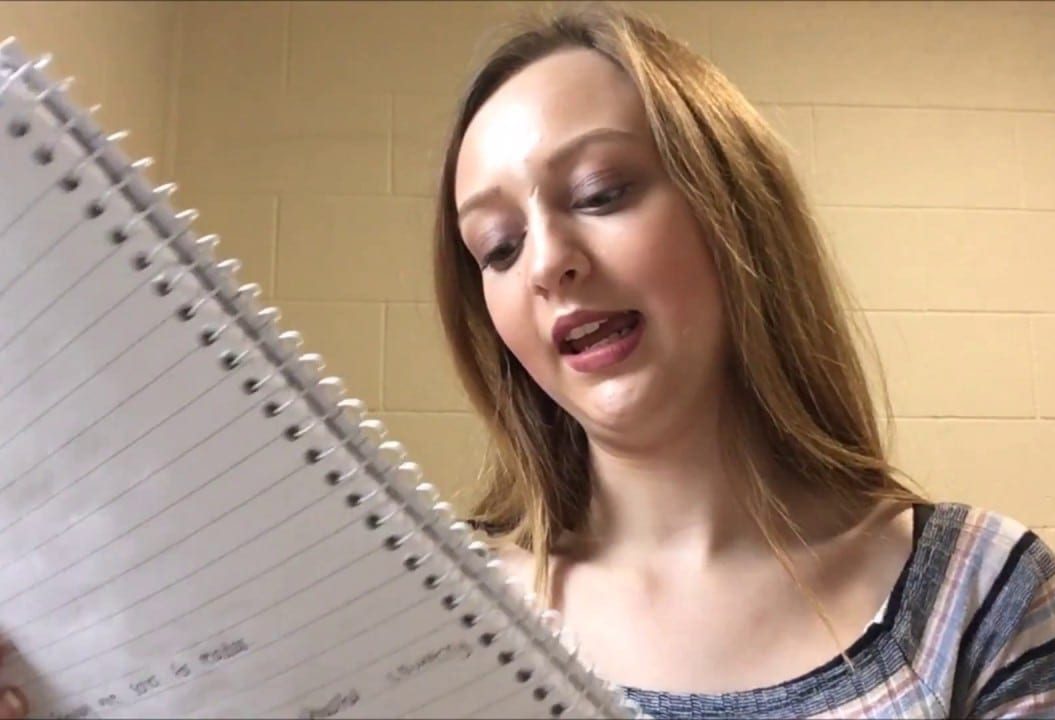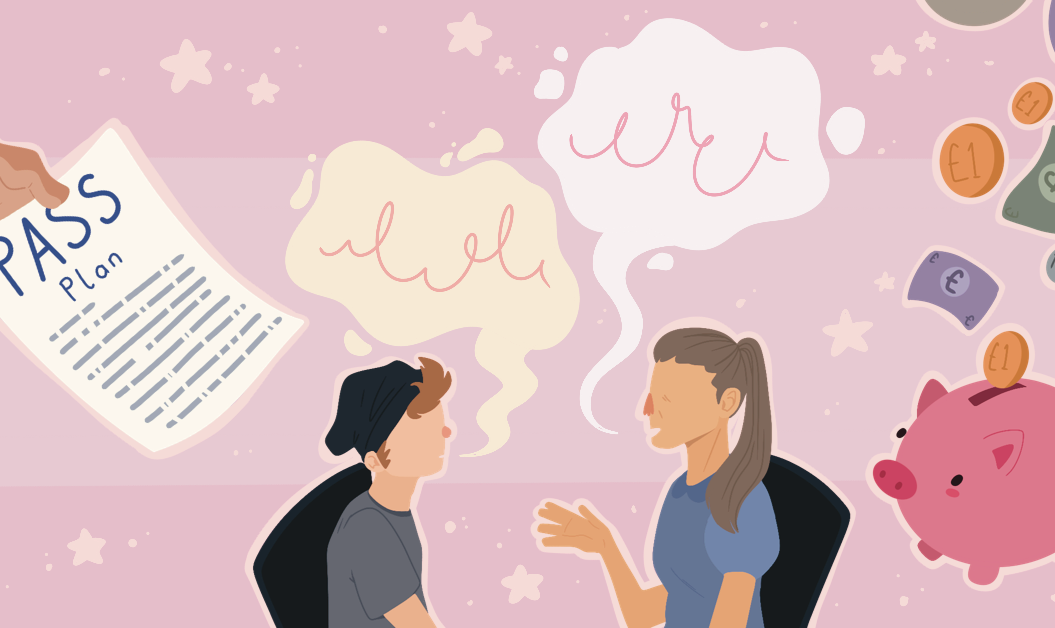
A beginner's guide to using the library
Coming off the back of fresher’s week and start of term, the library is probably the last thing on your mind. You’ve only just started your course and the dreaded January exam season seems like a lifetime away.
But those months can pass quickly, and when they do you’ll need to know how to make the most of the University library.
Finding books
With over 130,000 books available it can be a daunting task to find exactly what you need. Luckily there’s plenty of tools on hand to help. Visiting the library’s website allows you to search for books name, ISBN, author and subject and provides advanced search tools to help you find the ideal source for your assignment. Once you’ve found the right book, you can check its availability and shelfmark book code.
This will help you to locate it once you’re in the library. What’s more, clicking on that shelfmark will play a short animation showing exactly where to go. Remember to take your student card with you, as you will need this to get inside the building.
Once you’ve found the right book, you can check its availability and shelfmark. This will help you to locate it once you’re in the library. What’s more, clicking on that shelfmark will play a short animation showing exactly where to go. Remember to take your student card with you, as you will need this to get inside the building.
If you’re more old-fashioned and prefer to search in person, books are shelved by subject. Find a shelfmark online for a book in the right ballpark, and head to that area of the library. All the books related to that field can be found together.
If you’re completely lost about where to start your search you can contact your academic subject librarian. Every subject has a different librarian so check the list to find the one that’s right for you. It’s their job to recommend the perfect books and to help you with using the library.
Borrowing books
Once you’ve found the right book it’s time to check it out, if you found the book online click to reserve it and collect it within three days. Once you’ve gathered everything you need, simply take your books to one of the self-service checkout machines. To check out a book you’ll need your library card and pin number. Your pin should have been emailed to you, but If you’ve forgotten it, you can reset it here.
As a student, you can borrow up to 30 books at a time, and you can keep them for up to four weeks. Generally, books are borrowed for a week, but they are renewed automatically if there is low demand.
If someone else needs your book, you will receive an email two days before it is due to return, letting you know that it’s time to bring it back. If you still require a book, you can re-reserve it online. This will put you back in the queue so you can take it home the next time it is available.
If you fail to return a book on time, you will be fined 50p for each day it is late. This is to a maximum of £10 per item.
If you have a fine or overdue book you won’t be able to borrow anything until those are cleared, so remember to stay on top of your loans.
Study Spaces
Once you’ve checked the book out it’s time to read it. While many people enjoying reading in the comfort of their own flat, sometimes the distractions being at home may be too much. If that’s the case the library has dedicated study spaces.
There are a variety of different types available. The ground floor of the library is designed for group collaborations, and the first and second floors are designed for independent study with friends.
The third floor is a dedicated quiet floor, where talking is not permitted. Every one of these floors has computers and macs available, should you need them. They also have work desks that you can use with your own laptop.
If you want some privacy, you can book a private room. These rooms can be booked for a maximum of two hours per person, and are ideal for any group projects. It is best to book early, especially in exam season, as they can fill up fast. Rooms can be booked here, but remember you can only book up to two weeks in advance.
Computers and printing
The library has over 300 computers available that you can print from. The ‘Find a PC’ tool will help you track down a computer should the library be particularly busy. Once logged in, you can print any work to one of the library’s printers. Colour prints on A4 paper cost 5p and black and white prints cost just 2p.
Most courses provide free credit to their students, so check your balance here to see how much you can print. If you find that your balance is low, you can also top it up with a credit or debit card on the same page.
The printers are also capable of photocopying and emailing for free. Simply scan the document you need and it will be emailed to your student account. This is particularly helpful if you need to reference a couple of pages from a high-demand book. Simply scan what you need, and return it to the shelf for the next person.
Alongside the 300 computers, students can loan laptops from the library. These can only be borrowed for three hours and are for use within the library’s walls. If you want to use one of these laptops, enquire about them at the ground floor help desk.
But be warned, while borrowing them you are responsible for their safety and may incur charges if they damaged, stolen or returned late.
Referencing guides
Alongside the books and computers, there are few other resources at your disposal. Perhaps the most valuable being their referencing guides. For many students, referencing is one of the biggest adjustments between A-levels and university. Good referencing goes a long way, it not only protects you from accusations of plagiarism but allows you to reach the highest marks.
The library’s guides make referencing easy and explain how to reference in all the different styles. Different subjects prefer different styles, so always check with your lecturers about which style they want for your assignment.
If referencing is still getting you down, the library does provide drop-ins to help. Referencing workshops are just one of the many events they put on. They also help with areas such as maths and essay writing. Check their events page for more information.
Hopefully, this article has helped you take your first step towards becoming a library master. If you have any more questions, feel free to reach out to us on social media or contact the library directly via their live chat.
And if you want to find out how to take a book out from the Library, you can watch Eleanor’s vlog on how to borrow a book here!
This article is featured on Learning at Lincoln.



